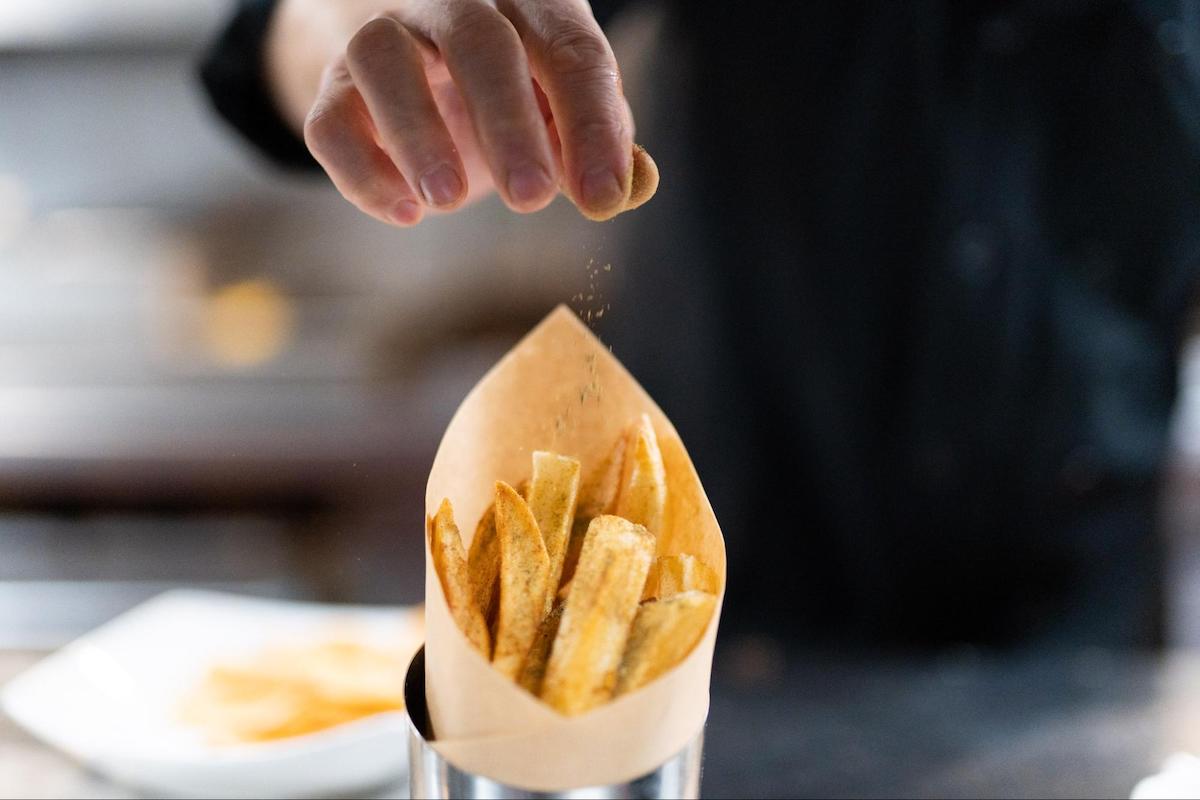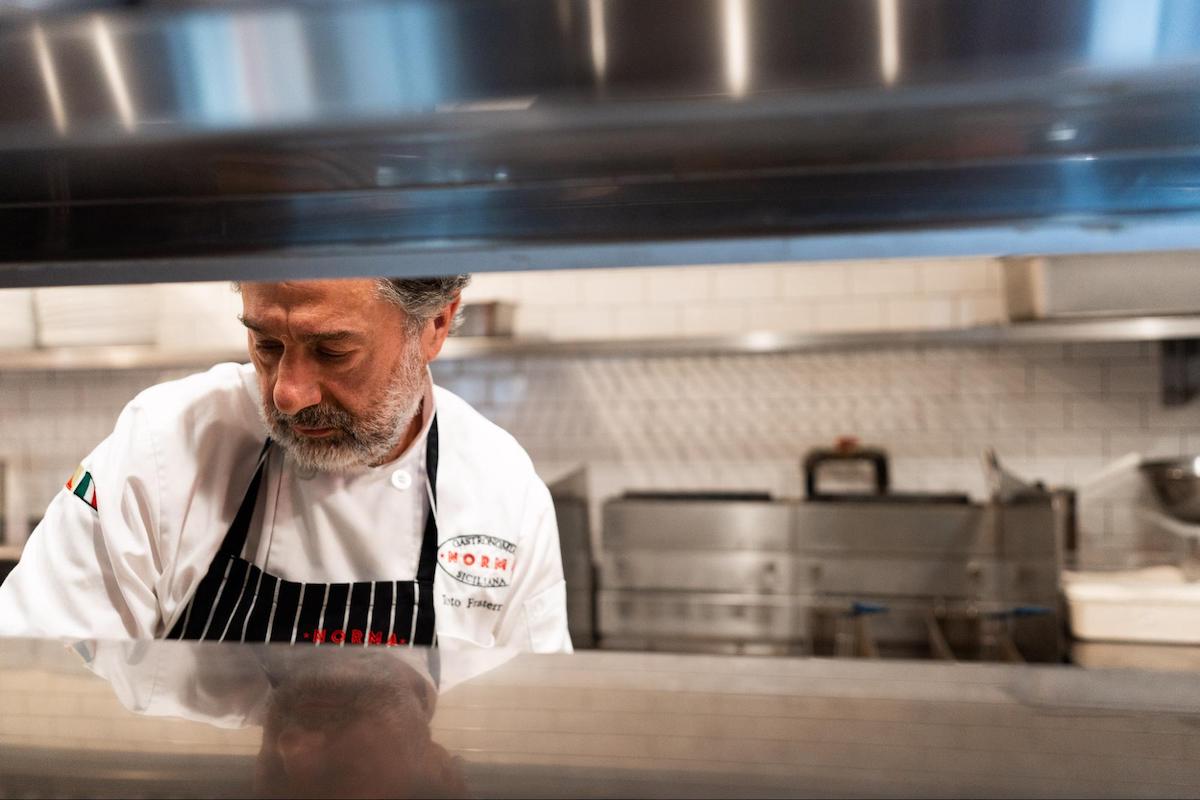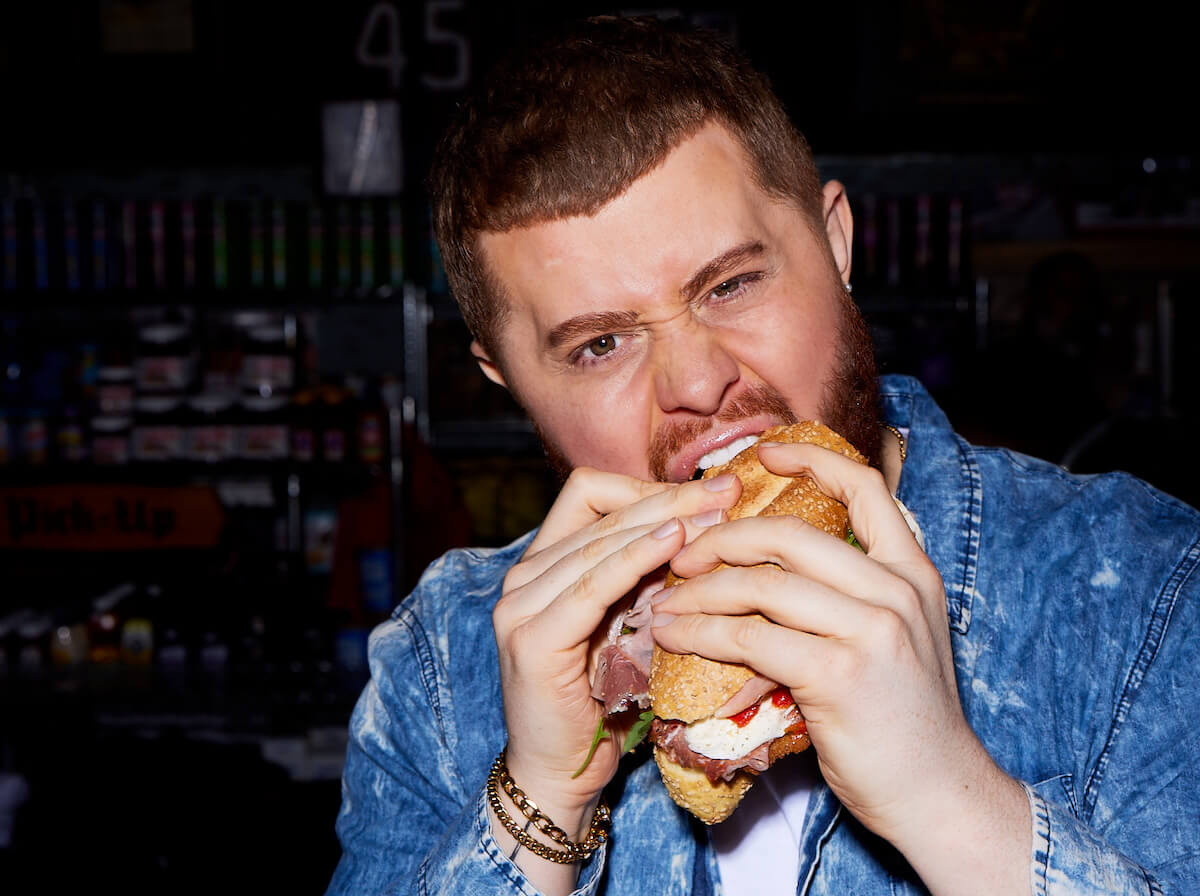What is a ghost kitchen—and should you open one? [2023]
A ghost kitchen may sound spooky, but it’s got nothing to do with cooking for Casper. Instead, it’s a regular old restaurant kitchen, but with a twist: It’s a delivery-only outpost. Its bare-bones operation is specifically intended to sell food for off-site consumption for customers from food delivery apps like DoorDash, Grubhub, and Uber Eats. These virtual restaurants have no seating, parking, waitstaff, sit down dine-in space, or other features that conventional brick-and-mortar restaurants do.
There’s a lot of potential upside here for restaurant owners, especially considering the explosion of online ordering spurred by the pandemic that shows no signs of vanishing.
So, is opening a ghost kitchen a good call? What can ghost kitchen operators expect in the industry? Read on to learn more about the ghost kitchen business model, its genesis within the restaurant industry, and the pros and cons of running a ghost kitchen for yourself.
What is a ghost kitchen?

Ghost kitchens, sometimes referred to as “dark kitchens,” or “virtual kitchens,” began in New York City and many other major cities around the world in response to increased customer demand for food takeout and delivery during the pandemic.
During this time, many restaurants began selling food under several different brand names on delivery apps. While these restaurants all appeared to exist at different physical locations, all of the food for each business was being prepared at a single kitchen facility. The different restaurants on the food delivery apps were merely digital storefronts. Kitchen staff hustled to make dishes for delivery, sometimes for many different restaurants at once.
Some early ghost kitchens were shuttered by New York state authorities due to the fact that many were not properly licensed commercial kitchens, which led to some stigma around the concept.
In the wake of these closures, however, many restaurant owners embraced the ghost kitchen business model (but this time, with the right licensing). We now know that ghost restaurants are an evolutionary new concept that completely reimagines the traditional boundaries of the food service industry.
And really, the idea isn’t that wild: Delivery-only concepts were bound to pop up at one point or another, and the pandemic pushed significant evolutionary pressure on restaurants to be as creative as possible.
Currently, we’re witnessing a significant surge in ghost kitchens worldwide, and the trend seems set to stay. The rise of remote work, for example, is a significant player in the ghost kitchen business model. Those who work from home often opt to have food delivered rather than spend time cooking it themselves. And that’s just one segment of the market the model serves, though it’s a significant one.
The ghost kitchen industry is estimated to be valued around $58 billion in 2022 worldwide, increasing more than 10% per year. If you’ve been wanting to get in on the trend, now could be a good time.
What’s the difference between a ghost kitchen and a dark kitchen?
This is a fairly common question. Simply put, ghost kitchen and dark kitchen are interchangeable terms. They’re kitchens that are hidden from public view and have no public presence from the street. They’re both delivery-only versions of dining establishments with only the restaurant kitchen. It’s a new species of restaurant, basically.
4 types of ghost kitchens
There is a significant difference in how ghost kitchens and traditional brick-and-mortar restaurants that offer delivery work. Traditional restaurants, particularly in densely populated areas, almost always have limited space for delivery driver parking. Delays in a restaurant’s delivery process can disrupt a kitchen’s workflow, slow deliveries, and ultimately interrupt the flow of food being served in the dining room.
There are four major types of ghost kitchens. They each use their kitchen space for different purposes. The fundamental concepts are usually the same, however: They’re tucked away, with no dine-in capabilities, and are specifically targeted to online ordering.
These delivery-only restaurants have proliferated on social media, where the cheap and relatively efficient advertising helps boost their traffic. They cut down on overhead in extreme fashion by eliminating the need for servers and floor space—some of the most expensive items in a brick-and-mortar location. It’s as bare bones as it gets, but it still gets the job done for delivery orders. So let’s take a look at the different types.
1. Commissary kitchen
A commissary kitchen is a commercial kitchen space that food service operators can rent to prepare and store their food. Commissary kitchens are often used by food trucks and mobile food vendors as a way to store food and equipment in off-business hours.
2. Commercial kitchen
A commercial kitchen is similar to a commissary kitchen in that it’s a food preparation and storage space that is rented out to restaurants. However, commercial kitchens are built specifically to handle large turnover and high output. Specialty chefs, bakers, and catering companies frequently use commercial kitchens for events to streamline scheduling and budgeting.
3. Incubator kitchen
Unlike other ghost kitchens, incubator kitchens can act as temporary kitchens that are affiliated with up-and-coming brick-and-mortar restaurants. Incubator kitchens are also rentable food service production and storage spaces. These businesses can provide budding restaurateurs with business development training, and access to legal services, packaging, label printing, and distribution chains.
4. Kitchen pods
A kitchen pod is a type of ghost kitchen utilized by established restaurants to temporarily produce food at a particular event or location. Many kitchen pods are retrofitted shipping containers that allow restaurateurs the ability to pick up and move their brand to any location such as fairs, concerts, private events, and festivals.
Pros of running a ghost kitchen

The ghost kitchen model allows restaurant owners to promote their takeout business and ideally increase sales through food delivery services. This allows them to reduce many operational costs, notably nearly all of the overhead that comes by running a full FOH operation.
We think ghost kitchens have a ton of benefits for restaurant owners with a strong presence on delivery apps or a passion for perfecting a takeout concept.
Saving money
Paying waitstaff, an FOH cleaning team, and leasing a dine-in space in concert with a kitchen are some of the costliest aspects of the traditional restaurant business model. The lack of a need for a traditional dining area can drastically reduce the real estate footprint necessary to run a restaurant, which reduces overhead for restaurant owners.
Rising customer buy-in
You might think takeout fanatics are wary of ghost kitchens’ ability to provide so much food from so many vendors. Ghost kitchens located at some Walmarts, for instance, offer food from up to 23 or more well-known restaurant brands from Nathan’s Famous to Quiznos, Cinnabon, and The Cheesecake Factory. Part of the “ghost” aspect of a ghost kitchen is that many diners don’t know just where they’re getting their food from.
But some surprising research shows that most customers don’t really seem to care if their food is prepared by a ghost kitchen or not. For most customers surveyed, “all that matters is the food is good.” This goes back to the immutable iron law of the restaurant industry: Make tasty food and drinks.
If a third-party delivery app user is pleased with their food, they’ll likely order again. And again. And maybe tell their friends and leave a good review. And that’s how restaurants make money, survive, and benefit their communities.
Diversify your portfolio of restaurants
Additionally, ghost kitchens allow restaurateurs to offer food from a variety of different restaurant brands from one single cooking establishment. These different menu items can include items from both new, virtual brands as well as dishes from long-established restaurant brands.
Simple operations
Ghost kitchens can indeed make money—but it’s a truncated form of restaurant operations where only the quality of the food and speed of delivery matters. Because your operation is faceless except for your delivery drivers—who are probably third-party contractors anyway—the only thing you need to focus on is the product. That’s it. Make good food at a reasonable price that provides you enough profit to pay yourself and your staff, and you’re on your way.
Cons of running a ghost kitchen
Dark kitchens aren’t easy or perfect, as you’d expect. Here are some of the downsides to consider before you go for it.
Potentially high costs
The use of third-party delivery services can be expensive. Some ghost kitchens have to pay as much as 36% of their total revenue to food delivery services, which can eliminate a considerable amount of the savings accrued from going without an FOH operation. These delivery costs remain the same whether your operation is a ghost kitchen or a full-service restaurant, however.
Having to rethink your menu
Unlike food prepared for presentation and eating in a dining room atmosphere, food prepared in ghost kitchens must be able to travel well while maintaining its flavor and consistency. Some foods simply don’t travel well, whereas others travel very well indeed (like pizza).
Restaurateurs should be careful just what goes on their delivery menu, which isn’t all bad since it can lead to lower inventory needs and smaller menus. Plus, menu engineering can be a fun challenge. Will someone finally be able to perfect delivery steak? Is there a way to further innovate the classic takeout stir-fry and curry? Dark kitchen operators are on the forefront of fresh new concepts for takeout.
Lots of competition
Ghost kitchens face plenty of competition from both other ghost kitchens as well as brick-and-mortar locations. That doesn’t have to be a bad thing: It simply allows owners to focus on what they do best if delivery is their thing.
The future of ghost kitchens

In the wake of the pandemic, many restaurant owners are throwing all their resources behind virtual expansion, meaning the ghost kitchen concept and its many different variations are set to be a staple of the food service industry for the foreseeable future.
Companies like Uber expanded their operations to include commercial real estate for food service. They acquired CloudKitchens, which rents out kitchen space to restaurants for food delivery, and is a significant player in the industry. But they’re far from the only game in town, and restaurateurs don’t have to subscribe to a built-in model to succeed. Plenty can strike out and do it on their own.
One thing is for sure: Delivery food isn’t going out of style. Indeed, delivery-only restaurants seem primed to stick around and find their niche in the ever-expanding delivery market. Entrepreneurs on a limited budget or those looking to kickstart a brand can look to the ghost kitchen option to build out their reputation before opening a brick-and-mortar location.
As a restaurant concept, it’s hard to imagine ghost kitchens going away now. What is more clear, however, is the low profit margins will ensure the industry is a pretty tough fight. But restaurants that can find a way to provide solid profit items and quick delivery will benefit greatly from the model.
Let’s do a thought experiment. A delivery restaurant selling popular Thai foods like stir-fried noodles or rice dishes, curries, and salads have to pay for only a few things in a ghost kitchen. These costs are rent, labor, food costs, delivery fees or driver pay, equipment management, marketing, and other non-negotiables like taxes and maintenance.
The 3x cost business model may not even apply here, given that pricey floor space and servers aren’t necessary. Instead, kitchen efficiency and marketing are far more important. A restaurateur in a high-density, high-rent area could be well served by such a model. And that’s just one idea.
How to integrate the ghost kitchen model
If you’re going to use a ghost kitchen model, you’ll need to make sure you’ve got top-of-the-line software to maximize your efficiency. Churn out as many dishes as possible, making as many online orders as possible, and you’ll make a profit.
So what kind of software would you be looking for? You’ll want one that handles everything so you don’t have to be managing multiple apps at the same time. Yelp Guest Manager fits that bill. Customers are browsing on Yelp for something to eat nearby, and they click a few buttons to order directly from the Yelp app thanks to our third-party delivery app integration with Grubhub, ChowNow, and more. Imagine the customers’ view here: All they have to do is push a few buttons and their food shows up.
If you’re looking to go the ghost kitchen route, you’ll want to turn your best diners into regulars, so reach out to us for a free demo to help get there. Repetition becomes habit, so if your customer knows they can push a few buttons and reliably get their craving satisfied, you’re well on your way in the ghost kitchen food business.